Intent-Based Marketing Guide: What Is It and How Does It Work?
“How can you tell when your B2B prospects are ready to buy?” That question has puzzled B2B marketers for decades. Thankfully, intent-based marketing came into the scene to provide a clear, reliable answer.
Intent data can be described as the behavioral information obtained from digital users’ web content consumption. This means that intent data providers can analyze targeted niche-relevant web pages and identify what they are about, who visits them, and what sections are most viewed.
Intent-based targeting allows B2B marketers to make inferences about the underlying content and create remarketing campaigns, inbound content, and follow-up strategies that match those queries.
According to a Leadfeeder survey, over 76% of the interviewed B2B leaders said they now use buyer intent data to inform their sales and marketing strategy, with 65% looking to invest more in the coming twelve months.
In this post, we’ll review the intent marketing concept, how it works, and the potential benefits it can have for your business.
What Is Intent-Based Marketing?
Intent-based marketing can be defined as a hyper-focused marketing approach that leverages customers' intent data signals to create customized experiences. The intent marketing approach relies on sales intelligence tools to identify and track the interests of potential customers.
The insights obtained from analyzing the prospect's online behavior, needs, and interests allow B2B marketers to determine their level of urgency to acquire a solution. Intent can be split into two categories:
1. Active intent
Active buyer intent, also known as transactional intent, refers to a set of actions prospects take to learn more about specific details about a product or service. This approach shows a strong willingness to buy, which usually leads to a fast-paced closure.
2. Passive intent
Passive buyer intent, or informational intent, has a more educational-based focus. Prospects are still in the research stage, meaning that they don’t have the pressure to acquire a solution any time soon.
Through intent-based marketing tactics, B2B advertisers can aim their budget at the segmented audiences that are more likely to purchase. Some of the most common intent marketing examples are:
- Website visits
- Browsing habits
- Whitepaper downloads
- Product reviews
- Time on page
- Content consumption
- Scroll speed
- Topic request
Instead of broad follow-ups, marketing teams may adopt a data-based methodology that focuses on customers based on their needs and expectations, according to their online queries. This allows for a customized and genuine experience for each potential buyer.
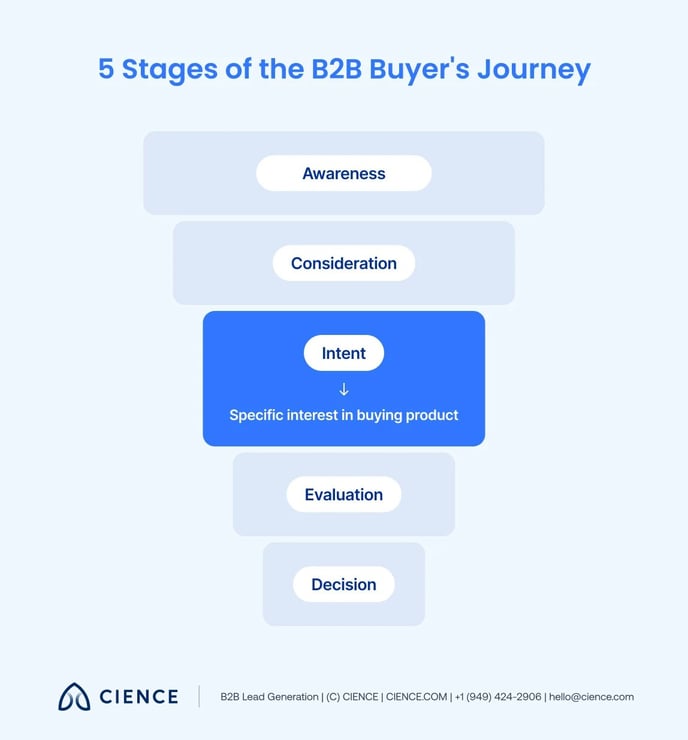
5 Benefits of Intent-Based Marketing
Statista found that 90% of U.S. consumers think that personalized marketing content is "somewhat" to "very appealing." Custom intent targeting can do just that: discover what type of information potential customers are searching for and provide them with content, messages, and other touchpoints that solve those questions.
Perks derived from intent-based targeting include increased engagement and conversion rates, improved customer experience, and better insights into customer needs and preferences. Here are some remarkable examples:
1. Reduces outbound marketing costs
Advertisers can direct their campaigns to target audiences who have shown a clear buying intent. This way, ad budgets are spent more efficiently as users are already searching for a similar solution to solve their needs. This practice helps businesses reduce their general marketing costs and increase their return on investment (ROI).
2. Leverages programmatic advertising
Programmatic advertising platforms enable marketing teams to place dynamic ads depending on the content, topics, and websites users visit regularly. It is even possible to trigger specific ads to users who read a certain number of related articles first.
3. Integrates account-based marketing
Account-based marketing focuses only on highly profitable accounts, just like intent marketing. Thanks to data-processing tools, marketers can personalize their follow-ups with messages that answer the prospect’s current research questions.
4. Enhances ideal customer profiles
Ideal customer profiles (ICPs) are detailed files that contain the description of a company that would be a perfect match for your product. Intent data insights can be matched to other criteria, such as revenue, size, background, geography, industry, and technology usage.
5. Boosts SEO
Search engine optimization (SEO) practices produce inbound traffic. By defining which keywords, topics, and content styles are more requested by a target audience, it is possible to craft content that will generate more organic visits.
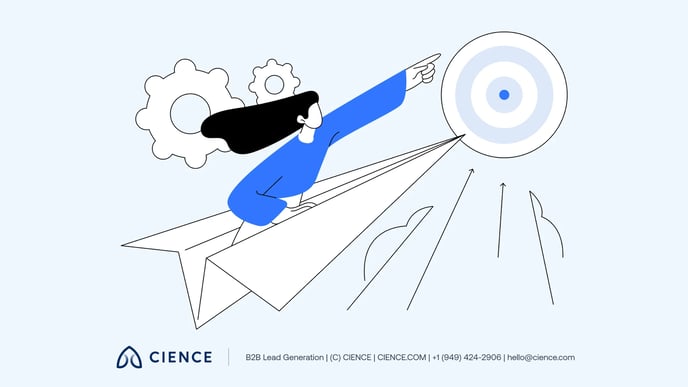
How to Access Intent Data
Intent marketing starts with the collection of customer data. That said, filtering what data pieces may lead to the most authoritative topic searches is no simple task.
Data exhaust, which is the result of every single online action deployed by a user, may fill the analytics channels with massive, raw packs of useless information. For that reason, it is advisable to divide customer data into the following categories:
First-party intent data
First-party intent data, also referred to as internal intent data, includes all the information that is gathered directly from your own website. Gated content, IP addresses, submitted forms, and other information shared by visitors can be harvested to trigger sales-based conversations with prospects.
Internal intent data can be obtained by deploying website visitor tracking software that identifies even anonymous users. Visitor trackers create behavioral and demographic filters to segment leads, scored automatically based on their web activity.
Third-party intent data
External intent data, or third-party intent data, involves information that is collected across the web. It offers the opportunity to collect information from the rest of the websites, your competitors' included, allowing your company to offer your prospects relevant content according to their online behavior.
Intent data tools are able to analyze intent data signals all over the internet. The most advanced ones can determine the semantic meaning of the most-searched website pages by ICPs.
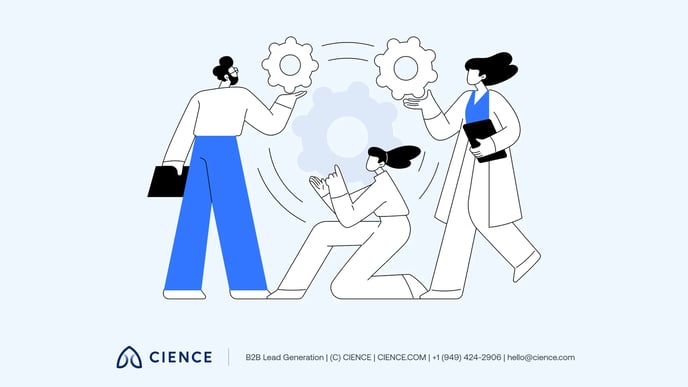
How Does Intent-Based Targeting Work?
The success of intent marketing campaigns depends on the sum of inbound and outbound marketing efforts. While the steps may vary between industries and the size of your total addressable market, this is the standard structure to develop a solid intent-targeting campaign:
1. Craft your target account list.
A target account list (TAL) is the catalog made of your qualified ICPs, handpicked by your sales and marketing teams out of your total addressable market.
This document should state every detail you know about your ideal customer, for it will serve your team as a step-by-step guide on which company must be reached first, at what time, and through what channel.
2. Select your intent topics.
Identifying what keywords, topics, and content approaches are most relevant to your company mission, vision, advocacy, model, size, type, and business structure is imperative for establishing brand awareness.
This allows marketing teams to narrow down how the brand they represent will be found online and what content is already being used by prospects to fill in their research process.
3. Leverage intent-based marketing tools.
Intent marketing heavily relies on the performance of intent data tools. While first-party data can be collected directly from your website, intent data requires advanced software to access, process, and cross intent signals from all over the web.
Through intent data tools, B2B marketing teams are able to match their TAL with the intent signals that are most relevant to their brand. This way, it is possible to find out which ICPs are actively searching for solutions that are similar to the ones you offer.
4. Create intent-based content.
Customers’ online signals can be used by content creators as guides. Intent targeting analyzes the top-performing blogs, social media profiles, and landing pages across the web that are related to the online searches performed by your ICPs.
As marketers already know what their potential buyers are looking for, they can craft post entries, whitepapers, product reviews, and other content pieces by implementing data-based insights so creators are certain to craft highly appealing content.
5. Launch intent-based ads.
Users actively searching for certain topics, keywords, and content pieces in other landing pages trigger intent signals that are highlighted by intent data tools. Intent-based targeting can launch display, video, and audio ads to lure such users inside your website so they can enter your sales pipelines. 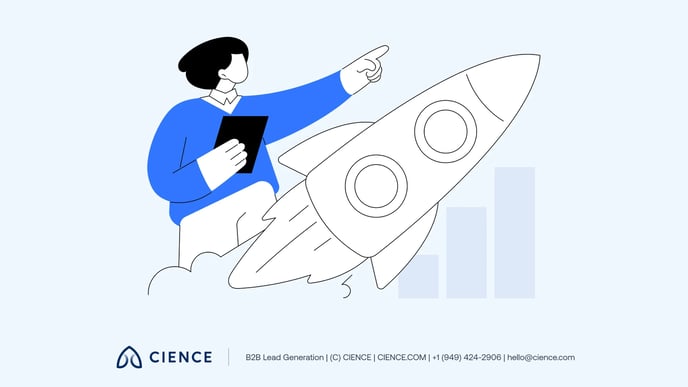
CIENCE Intent-Based Marketing Solution
Intent targeting can be challenging for non-data-grounded B2B companies, and CIENCE is fully aware of it. For that reason, we have designed a new CIENCE experience that covers every phase of the pipeline growth process.
Generating a consistent flow of intent-based leads required us to break down the B2B buyer's journey and create specific tools that adjust to each step. This is how our clients benefit from our CIENCE GO Platform:
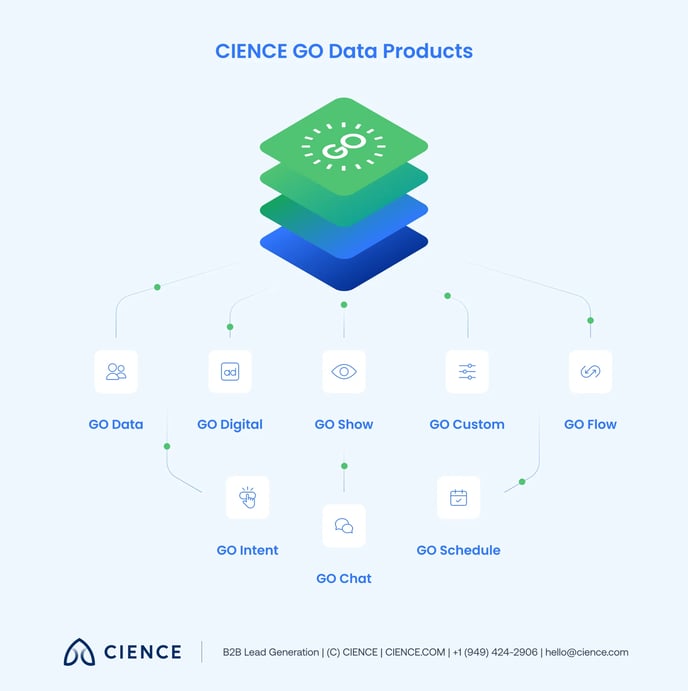
CIENCE GO Data
CIENCE GO Data is our holistic sales intelligence platform. We collected, validated, and filtered over 300 million prospect records from all major B2B industries. GO Data is meant to match your preconfigured ICP criteria so that you may fill your TALs with only the most qualified leads.
During the setup of your account, a CIENCE data partner will assist you with expert recommendations for how to create your top-tier ideal customer profile configurations. This will allow you to target the most relevant industries, company characteristics, key stakeholders, decision-makers, and influencers inside our 300 million contact records with accuracy.
GO Data is a convenient tool that allows you to dissect our vast database through clear, easy-to-click, relevant criteria. You can either merge your existing profiles to our records to identify thousands of matching accounts or configure brand-new audiences enhanced with notes, insights, and advice from our sales professionals that will help you start conversations with compatible potential customers.
CIENCE GO Intent
CIENCE GO Intent is our specialized intent-based marketing tool. It can track down billions of intent data signals from our GO Data records. This means you can identify what topics, keywords, and content styles are leveraged by your desired in-market leads and use these insights to craft the content your target audience craves.
By combining big data applications with CIENCE’s in-house natural language processing (NLP) experts, GO Intent can filter the hot topics related to your target audience so advertisers can launch the best-fitting ad campaigns and content creators may leverage the most-optimal keywords.
GO Intent also provides daily possible buyer lists related to the most-relevant topics of a certain industry or digital community. Thanks to our profiling match-rate technology, it is possible to deploy account-based marketing tactics that generate higher click-through rates, better-targeted messaging, and more effective campaigns.
CIENCE GO Digital
CIENCE GO Digital is our programmatic advertising powerhouse. It allows you to distribute personalized ads of all sizes, over-the-top (OTT) and connected TV (CTV) videos, audio ads in podcasts, and social media ads to prospects who have expressed interest in services comparable to what you offer through their intent signals.
This top-tier demand-side platform can target millions of individual business users, apply over one hundred B2B filters like title, industry, company size, and more, provide detailed analytics and reporting, and grant access to a highly customizable RTB (real-time bidding) cloud platform.
Other CIENCE GO tools can be deployed to engage intent-based prospects once they visit your website: CIENCE GO Chat, our agent-enabled AI chatbot; CIENCE GO Show, our visual ID system; and CIENCE GO Schedule, our smart booking software, make fine examples.
Boost Your Lead Gen with Intent-Based Marketing
As the B2B lead generation process continues to grow more complex, prospects now demand that, by the time they talk to sales representatives, they already know how to solve all of their problems.
Understanding the online behavior of your potential customers is vital to generate more, better-qualified leads. This way, whenever your prospects require a specific solution, you will be ready to provide them with the content pieces that hold the exact information they were looking for. Apply intent-based marketing tactics to grow your pipelines and close more deals in 2023.
Ready to cut your prospecting time & sell more?
Learn more
A Few (Related) Sales Posts
 Featured image: Top Inbound Marketing Strategies for 2023 - Read full post: 20 Best Inbound Marketing Strategies for 2024
Featured image: Top Inbound Marketing Strategies for 2023 - Read full post: 20 Best Inbound Marketing Strategies for 2024
20 Best Inbound Marketing Strategies for 2024
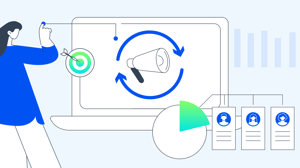 Read full post: Retargeting vs. Remarketing: Which Strategy to Choose?
Read full post: Retargeting vs. Remarketing: Which Strategy to Choose?
Retargeting vs. Remarketing: Which Strategy to Choose?
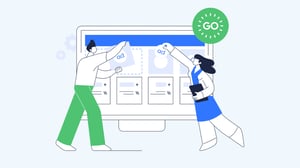 Featured image: What Is Retargeting? - Read full post: What Is Retargeting? Best Practices for Running an Ad Retargeting Campaign
Featured image: What Is Retargeting? - Read full post: What Is Retargeting? Best Practices for Running an Ad Retargeting Campaign





